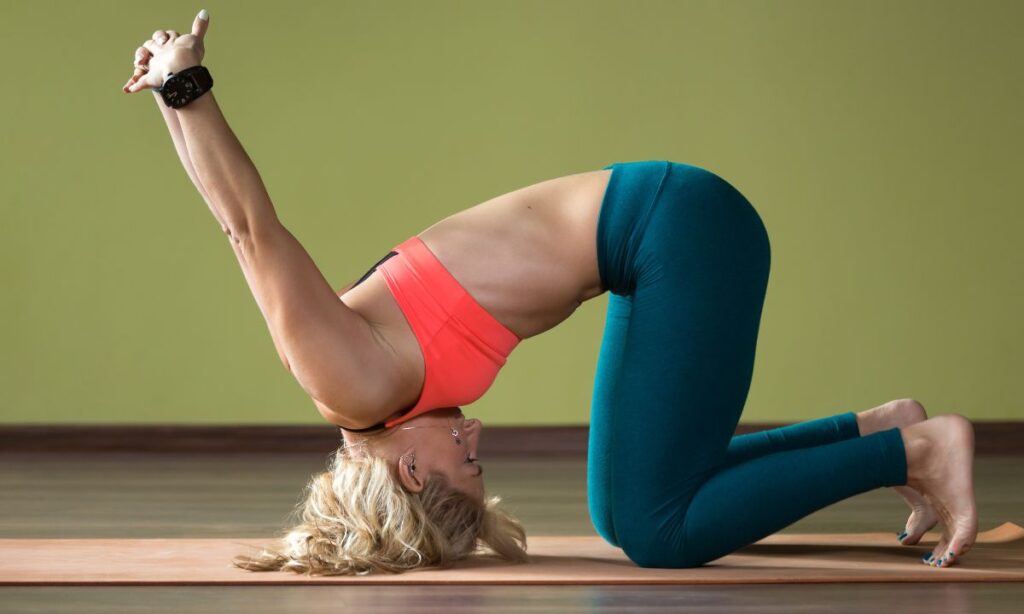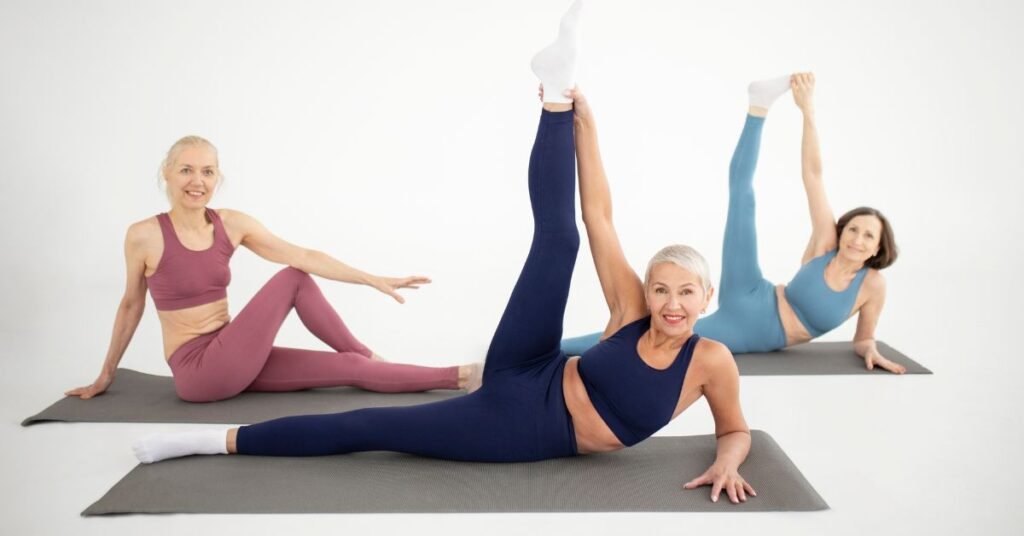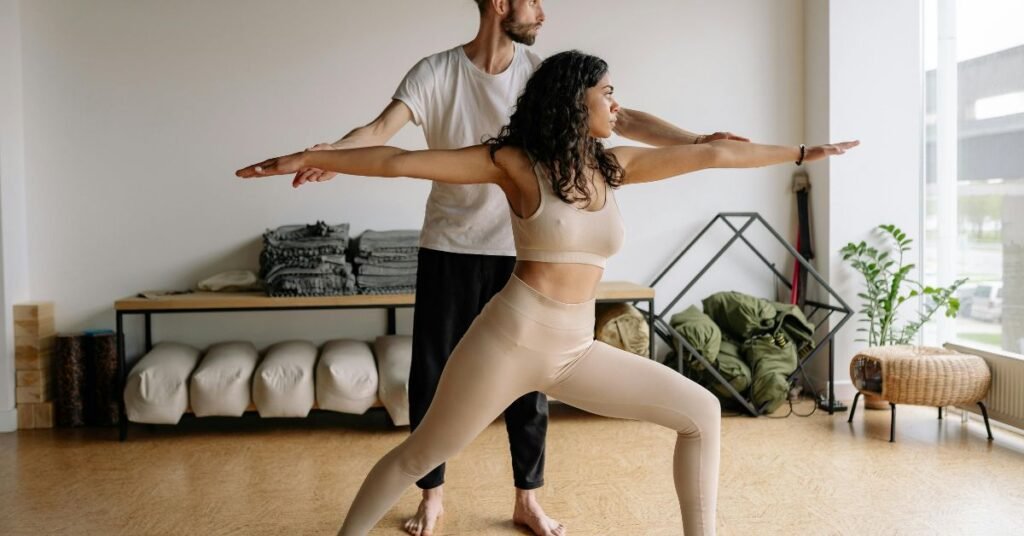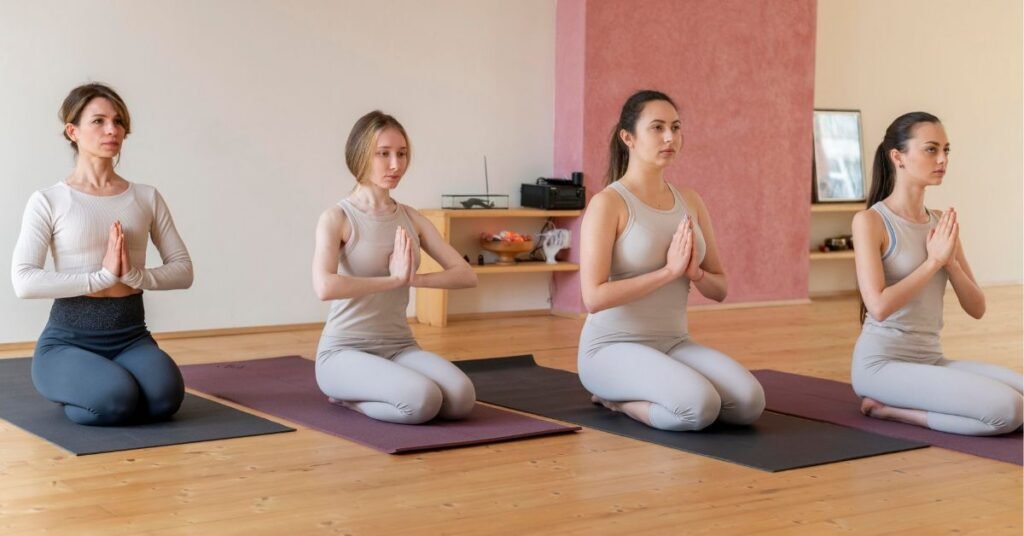Introduction
Trauma can leave lasting effects on both the mind and body. Whether from a distressing event, prolonged stress, or deep-seated emotional wounds, trauma changes how we move, think, and feel. Traditional therapy can be beneficial, but many people find that incorporating trauma-informed yoga into their healing process makes a significant difference.
Yoga, when practiced with sensitivity to trauma, can help regulate emotions, release stored tension, and reconnect the body with the present moment. However, not all yoga practices are suited for trauma healing. Certain poses or approaches may actually trigger distress rather than relieve it. That’s why understanding trauma-sensitive yoga is essential for those seeking healing through movement and mindfulness.
In this post, we’ll explore:
- How yoga helps in trauma recovery
- The difference between trauma-informed and traditional yoga
- The best yoga poses for trauma healing
- Poses to avoid for trauma survivors
- Tips for practicing trauma-sensitive yoga safely
Let’s dive in.
How Does Yoga Help with Trauma?
1. Reconnecting with the Body
Trauma often causes disconnection from the body. Some people feel numb, detached, or even uncomfortable being aware of their physical sensations. Yoga encourages gentle, mindful movements that help rebuild a sense of connection and safety within the body.
2. Regulating the Nervous System
Trauma puts the nervous system on high alert, making it hard to feel calm or relaxed. Through deep breathing (pranayama) and slow movements, yoga activates the parasympathetic nervous system, which is responsible for rest and relaxation. This helps reduce feelings of anxiety, hypervigilance, and stress.
3. Releasing Stored Trauma
Emotions and trauma are stored in the body. Tight hips, tense shoulders, or chronic pain can be signs of unresolved trauma. Yoga helps release these stored emotions by moving energy through the body, allowing deep-seated tension to be processed and let go.
4. Building Emotional Resilience
Yoga teaches mindfulness, which helps trauma survivors observe their emotions without being overwhelmed by them. Over time, this builds emotional resilience, making it easier to handle triggers and stress.
5. Creating a Sense of Safety
A trauma-sensitive yoga practice focuses on creating a safe, non-judgmental space. The emphasis is on choice—allowing practitioners to listen to their bodies and decide what feels right for them, rather than pushing through discomfort.
Readmore: Yoga for Mental Health and Well-Being
Readmore: Yoga for Heart Health
Trauma-Informed vs. Traditional Yoga
Traditional yoga focuses on physical postures, breathwork, and sometimes spiritual teachings. It can be beneficial, but it may not always be suitable for trauma survivors. Certain poses, adjustments, or even the language used by instructors can be triggering.
Trauma-informed yoga, on the other hand, is designed with trauma survivors in mind. Here’s how it differs:
| Traditional Yoga | Trauma-Informed Yoga |
|---|---|
| May include hands-on adjustments | Avoids physical touch unless explicitly permitted |
| Emphasizes discipline and holding poses | Prioritizes comfort and choice |
| Can involve fast-paced sequences | Uses slow, mindful movements |
| Focuses on alignment and structure | Focuses on bodily awareness and safety |
By choosing a trauma-sensitive yoga approach, survivors can experience the benefits of yoga in a way that supports their healing process.
Best Yoga Poses for Trauma Healing
If you’re looking for yoga for releasing trauma, certain poses can be beneficial:
1. Child’s Pose (Balasana)
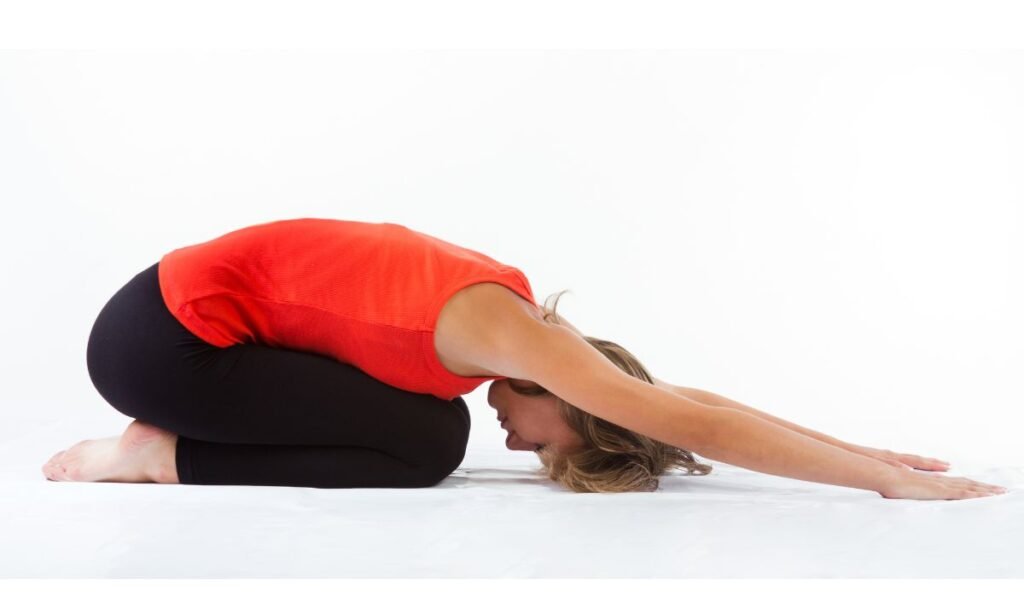
- Encourages a sense of safety
- Gently stretches the back and hips
- Allows for deep, calming breaths
2. Cat-Cow (Marjaryasana-Bitilasana)

- Loosens tension in the spine
- Connects breath with movement
- Helps with emotional release
3. Legs Up the Wall (Viparita Karani)
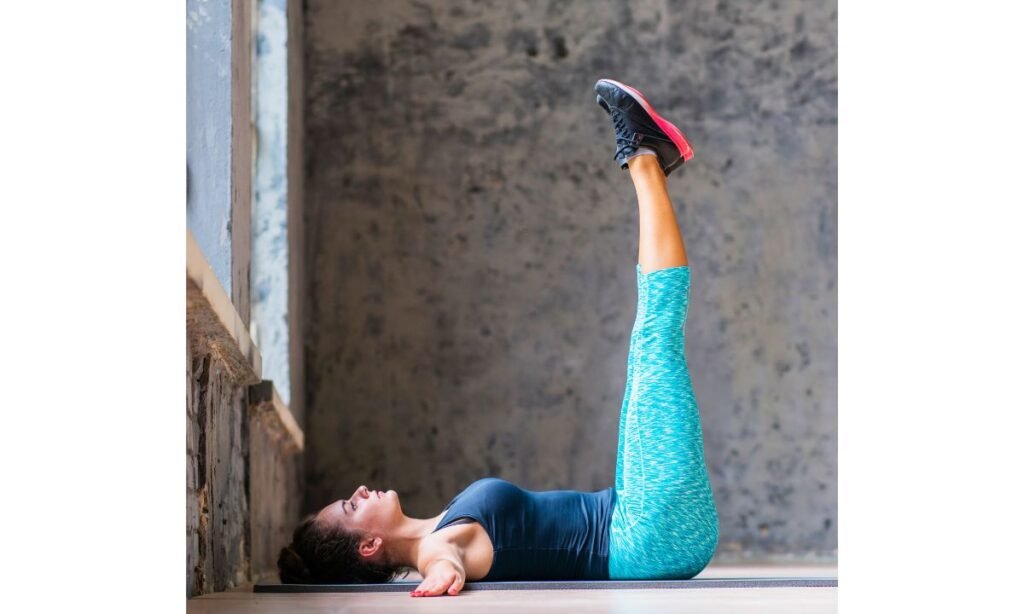
- Calms the nervous system
- Relieves stress and anxiety
- Helps with grounding
4. Seated Forward Fold (Paschimottanasana)
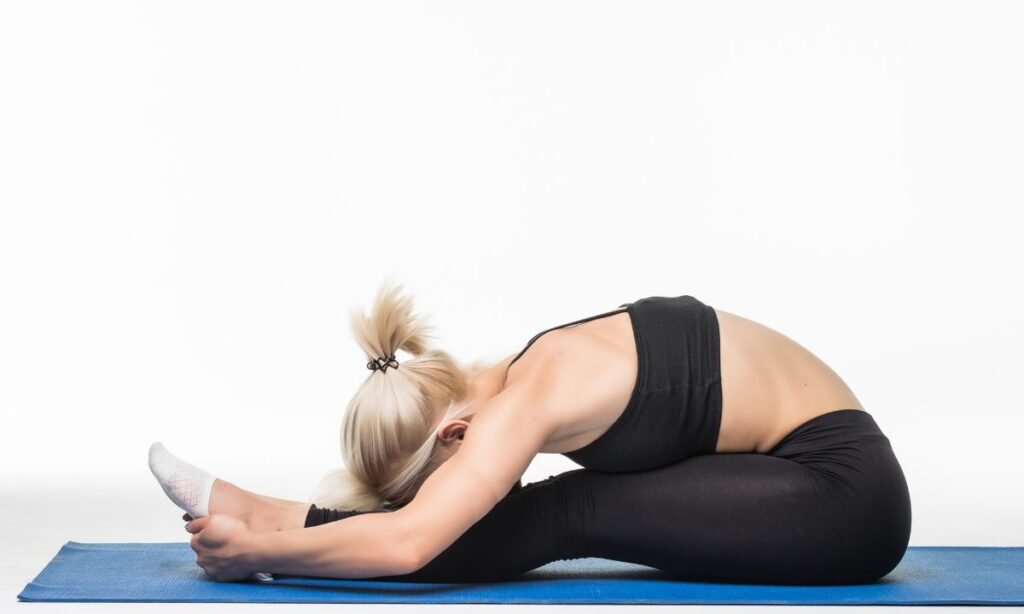
- Stretches the back and hamstrings
- Encourages introspection and relaxation
- Helps in emotional grounding
5. Corpse Pose (Savasana)
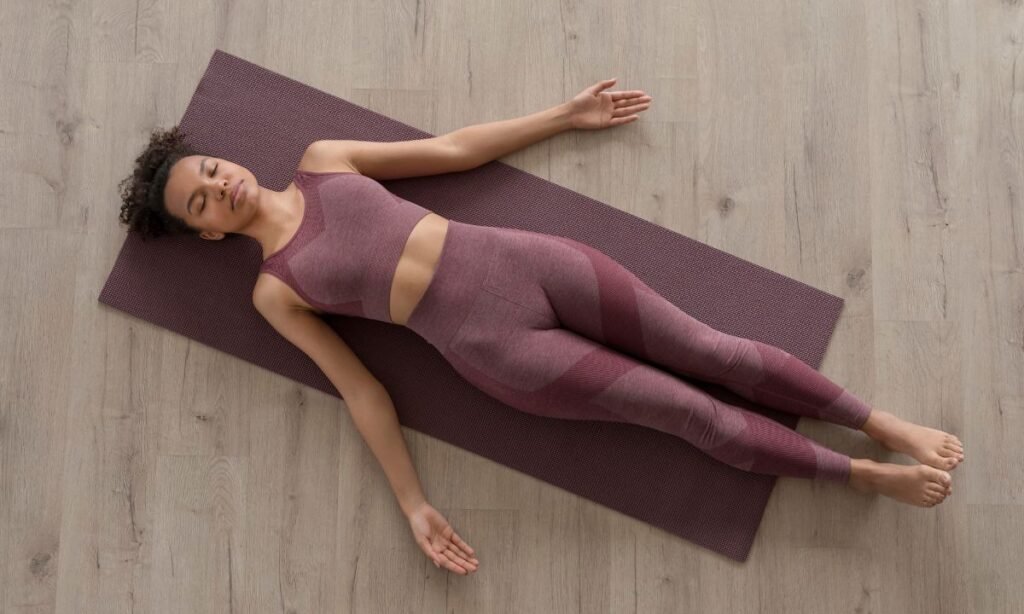
- Encourages deep relaxation
- Helps process emotions in a safe way
- Reduces stress and promotes mindfulness
Readmore: Yoga for Cancer Patients and Survivors
Readmore: Yoga for Rehabilitation
Poses to Avoid in Trauma Recovery
While yoga can be healing, certain poses may feel overwhelming or triggering for trauma survivors. Here are a few to be mindful of:
1. Happy Baby Pose (Ananda Balasana)
- Can feel too exposed or vulnerable
2. Camel Pose (Ustrasana)
- Deep backbends may cause emotional overwhelm
3. Shoulder Stand (Sarvangasana)
- Inversions can be disorienting
4. Deep Hip Openers (e.g., Pigeon Pose)
- May release intense emotions too quickly
If any pose feels uncomfortable, it’s okay to modify it or skip it entirely. Listening to your body is key.
Tips for Practicing Trauma-Sensitive Yoga Safely
- Start Slow: Begin with gentle, grounding poses before trying anything intense.
- Use Props: Blocks, blankets, and bolsters can offer extra support.
- Focus on Breath: Deep breathing helps regulate emotions and calm the nervous system.
- Practice in a Safe Space: Choose a quiet, comfortable environment where you feel at ease.
- Work with a Trauma-Informed Instructor: If possible, find a yoga teacher trained in trauma-sensitive practices.
Readmore: Power Yoga vs. Traditional Yoga
Readmore: Exploring the Spiritual Path of Yoga
Conclusion
Yoga can be a powerful tool for healing trauma, but it’s important to approach it with care and mindfulness. Trauma-informed yoga prioritizes safety, choice, and self-compassion, allowing survivors to reconnect with their bodies in a gentle, empowering way.
If you’re beginning your healing journey with yoga, remember—there’s no right or wrong way to practice. Go at your own pace, listen to your body, and allow yourself the grace to heal in your own time.
Would you like to try a guided trauma-sensitive yoga session? Let us know in the comments below!

Sonu is a passionate yoga teacher with over 6+ years of experience helping individuals find balance, strength, and inner peace through the transformative power of yoga. As the creator of Pure Yoga Vibes, Sonu shares expert insights, inspiring practices, and a wealth of knowledge to support your wellness journey. Dedicated to creating a space for growth and mindfulness, Sonu’s mission is to make yoga accessible and enjoyable for everyone. For inquiries or collaborations, feel free to reach out at contact@pureyogavibes.com.
